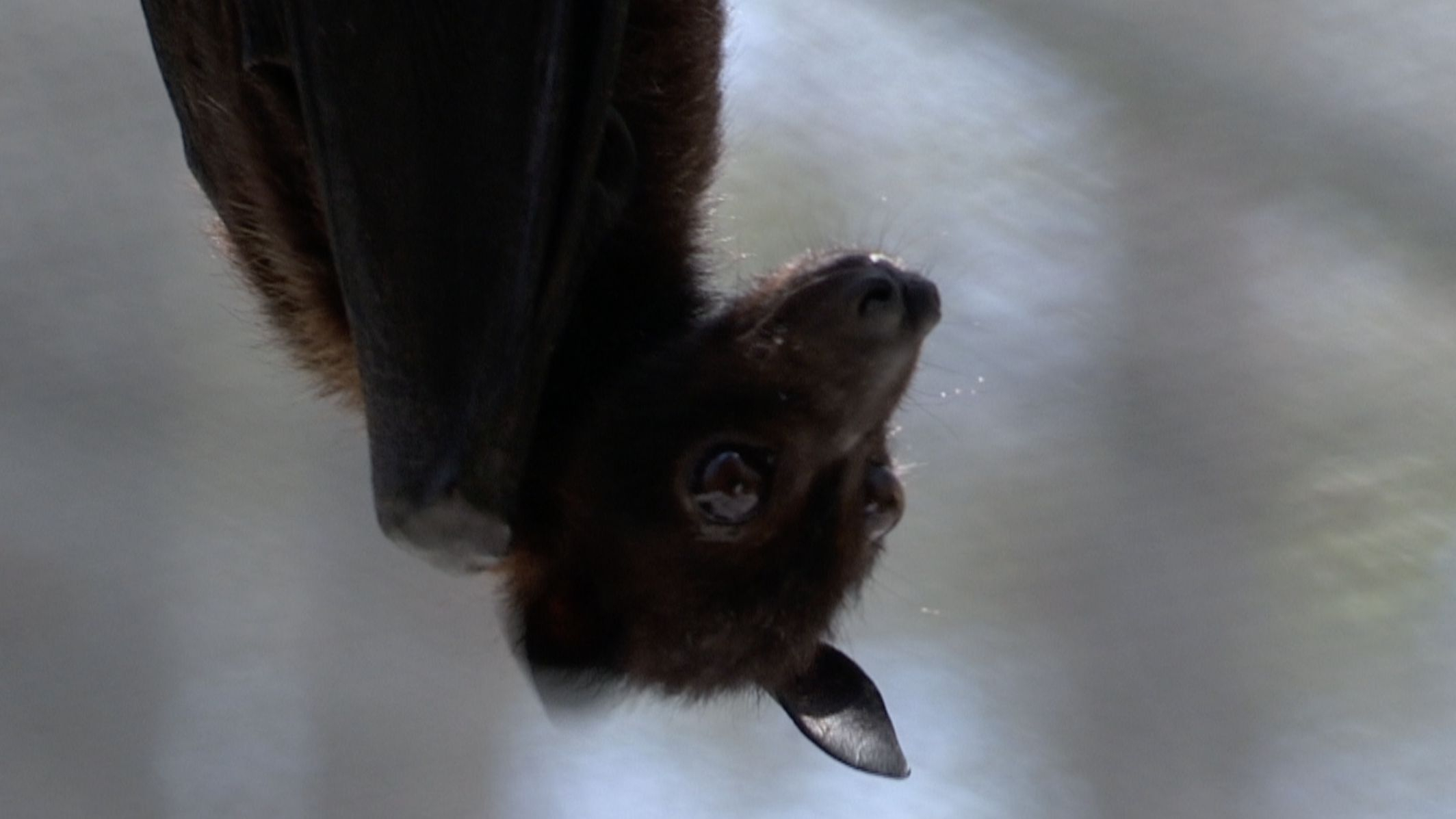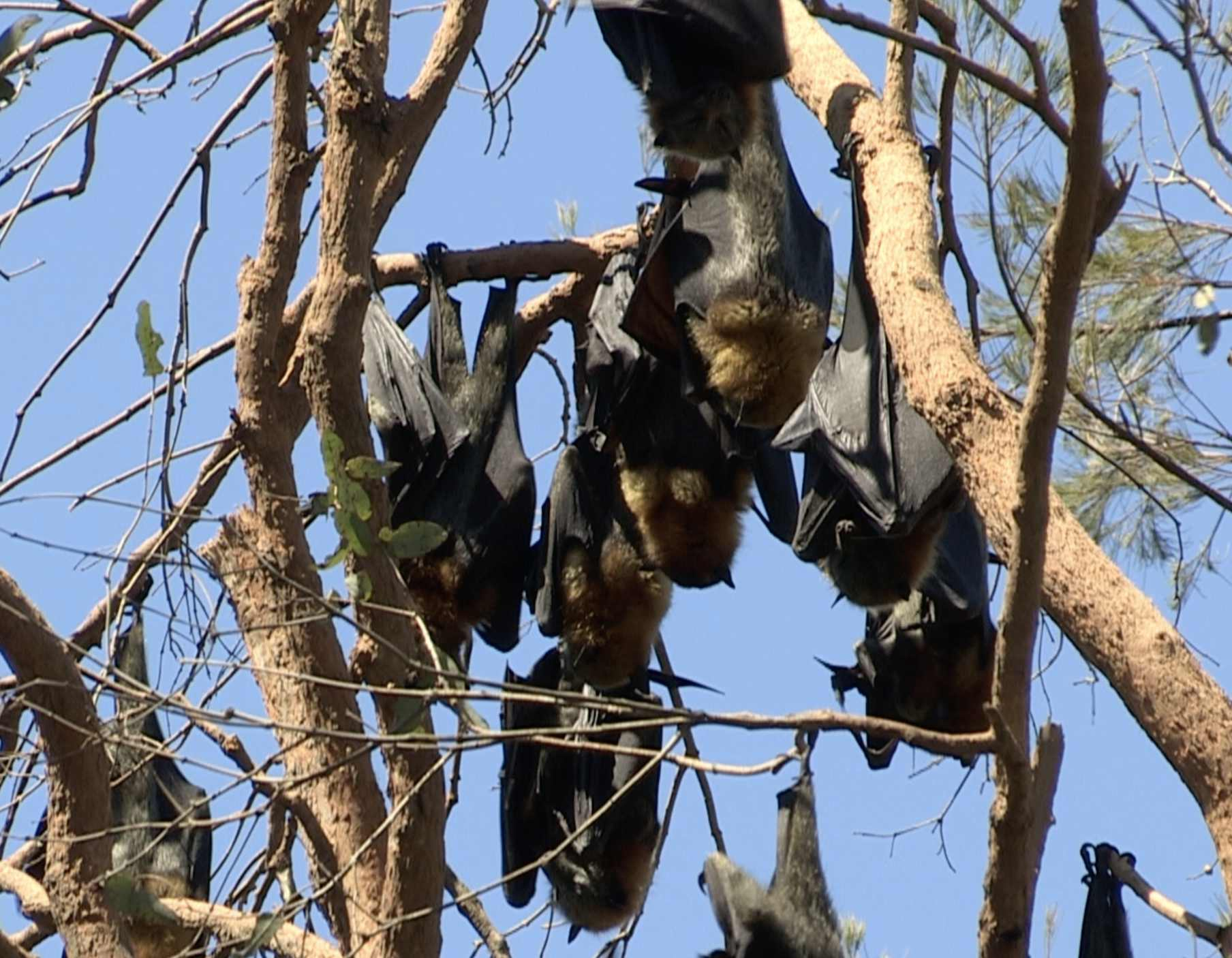
Australia's flying fox. /CGTN Photo
Australia's flying fox. /CGTN Photo
Senior lecturer at the Western University of Sydney Justin Welbergen has spent much of his academic career studying Australia's flying fox, a large bat that plays a vital role.
"Flying foxes perform very expensive ecosystem services for free. They are very important pollinators and seed dispersers for the Australian fragmented forest ecosystems. Through their mobility, flying foxes carry seeds and pollen from one patch of forest to the next, and that really helps maintain the ecological, genetic integrity of a forest," he said.
Early in his career, Welbergen, who works in the university's Hawkesbury Institute for the Environment and is president of the Australasian Bat Society, came across a mass die-off involving thousands of flying foxes.
"We now know that flying foxes die when the temperature is greater than 42 degrees Celsius. When I was confronted with this very first event during my PhD, I often wondered if this was because of climate change. When I looked at the mortality in flying foxes, I found that almost all of the evidence was after 1994, and there was a only anecdotal evidence prior to that and so, after 1994, we found evidence of 19 events and more than 30,000 flying foxes had died," said Welbergen.

The grey-headed flying fox is listed as a threatened species. /CGTN Photo
The grey-headed flying fox is listed as a threatened species. /CGTN Photo
Flying foxes face a variety of threats, including loss of habitat. When you factor in the effect of a warming planet, Welbergen believes the outlook for these animals is not good.
"There is no doubt in my mind that mortality is going to increase keeping track with the predicted occurrences in extreme heat events. So, more and more flying foxes are going to die against the backdrop of diminishing habitats," he said.